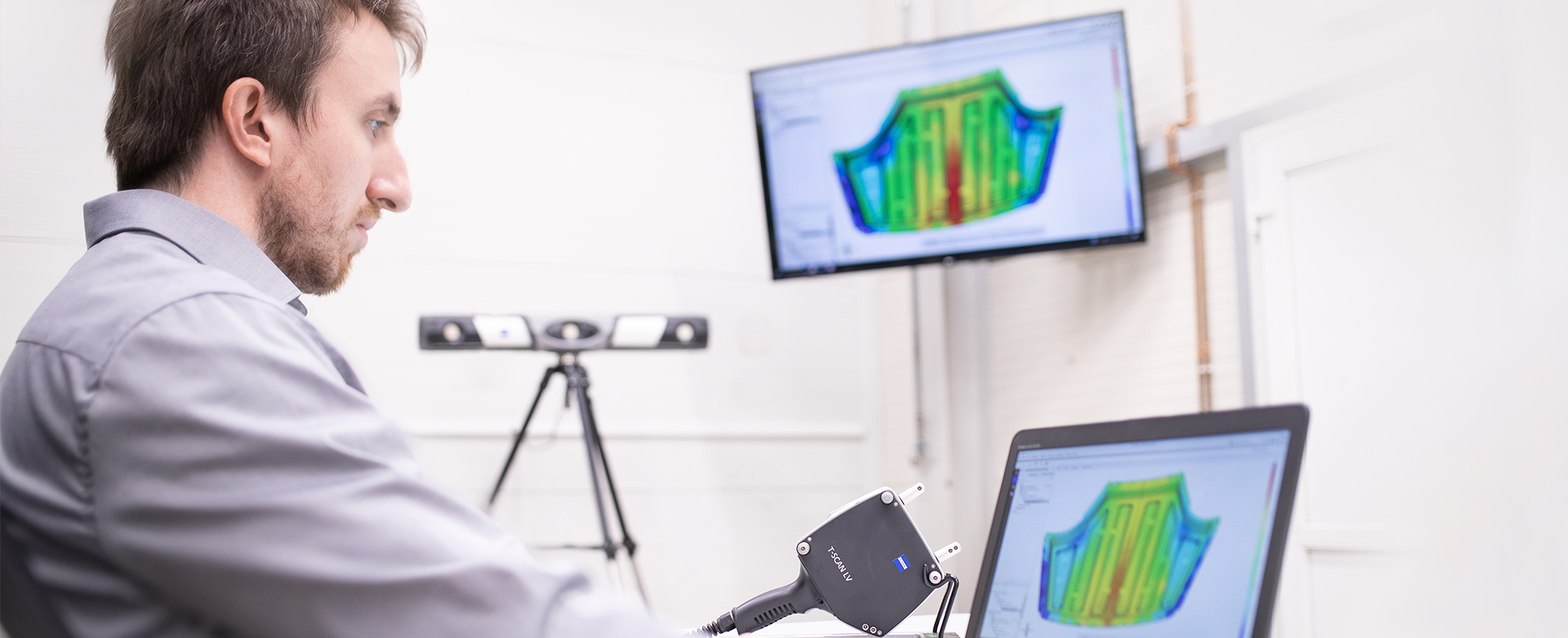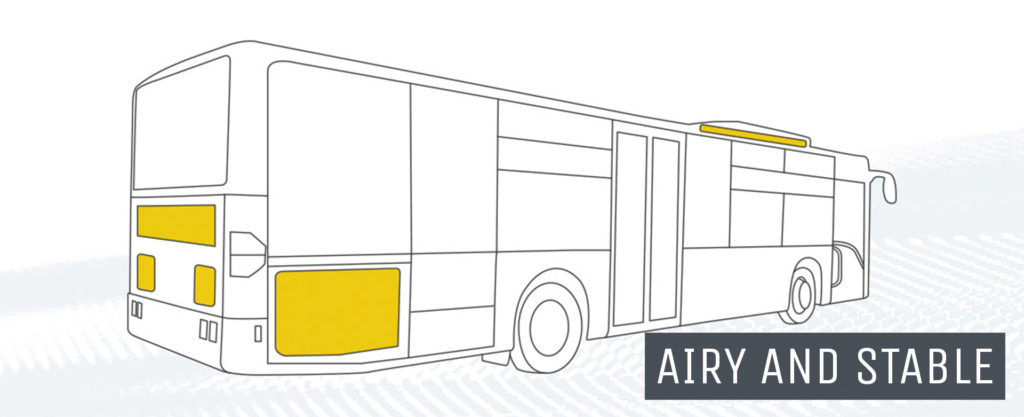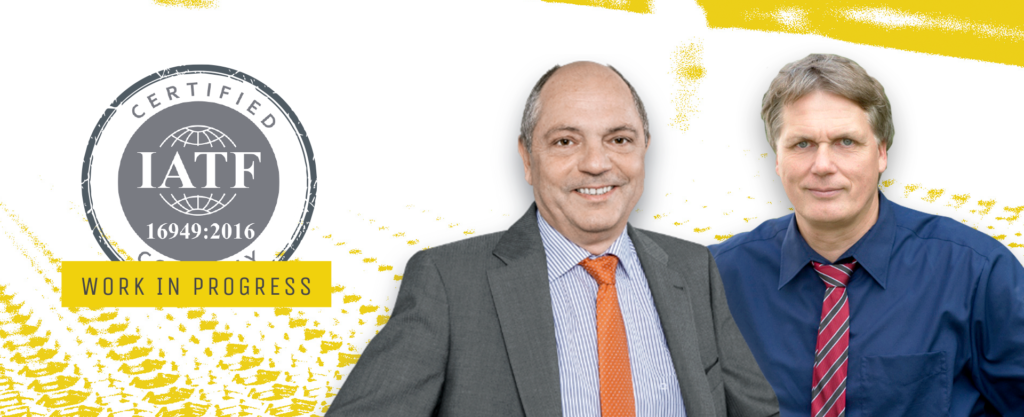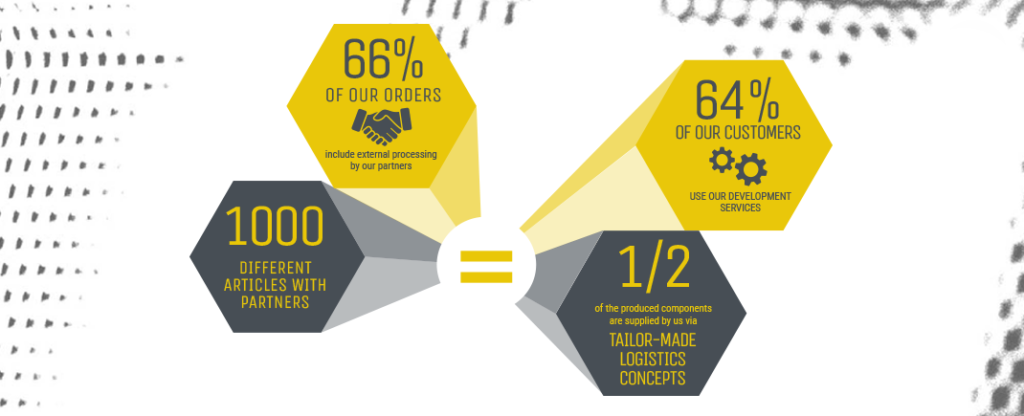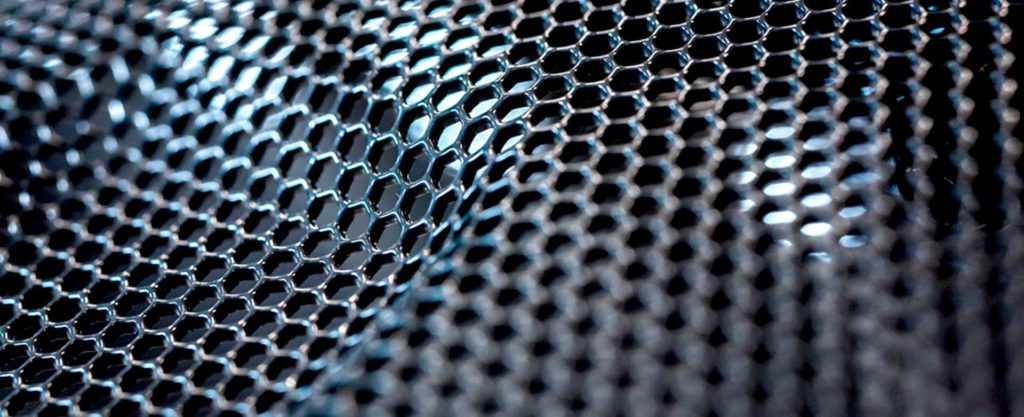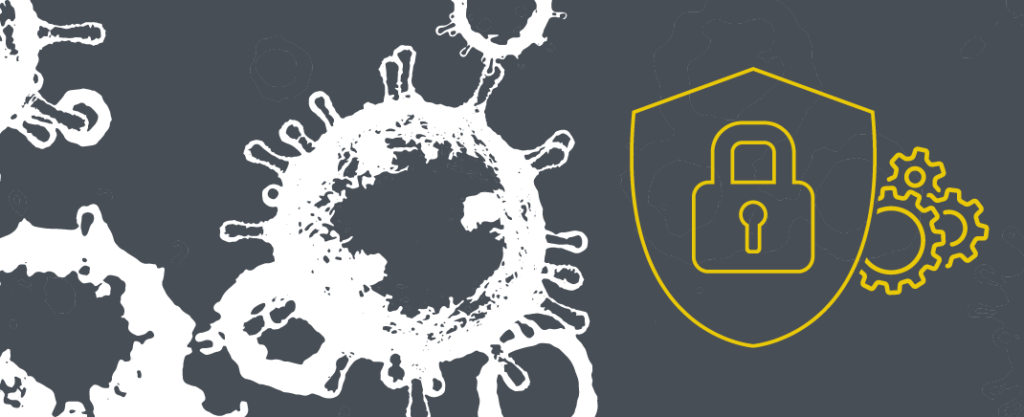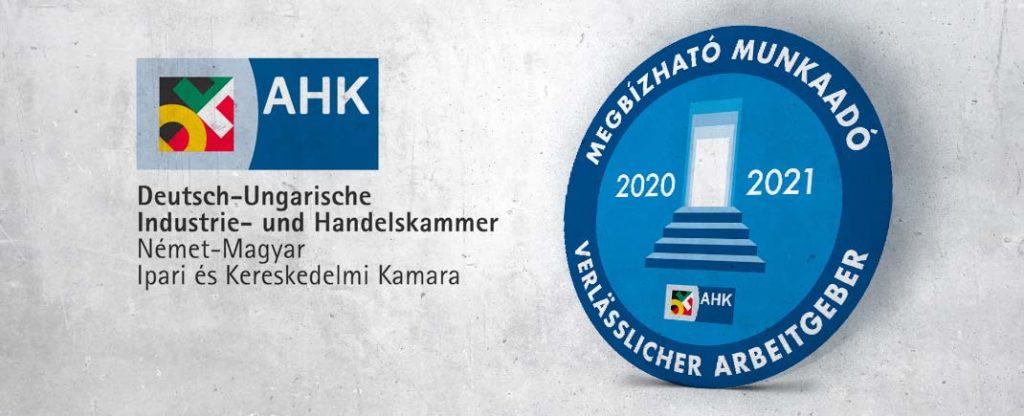Did we spark your interest? Then sign up for the SOLVARO newsletter and benefit from further knowledge on customised solutions regarding all things metal.
Solvaro’s latest investment in measuring technology is the T-SCAN from Zeiss. Bence Osvald, of the Application Engineering Team, explains its application and advantages.
Question: What were the reasons for investing in a measuring device for optical 3D measurement?
Before acquiring the optical 3D measuring device, we had to outsource many measuring and reverse engineering tasks to third-party suppliers because we did not have suitable tools. As a result, Solvaro not only had to incur additional costs and time, but there were also cases where the entire process had to be repeated for certain reasons.
Question: What added value does the T-SCAN bring to Solvaro and its customers?
Solvaro has always strived for high quality and is continuously working to optimise its own production with state-of-the-art tools and equipment. T-SCAN is the latest of these modern devices, which enables more precise production results. Another major advantage is that we have become independent of other suppliers when it comes to 3D measurements.
In short it offers:
- Optimum quality assurance through continuous component testing
- Short ways for intermediate inspections
- Reduced production time thanks to efficient in-house measurement
- Highest measuring precision thanks to advanced laser technology
- Suitable for a wide range of surfaces and applications
Solvaro has always strived for high quality and is continuously working to optimise its own production with state-of-the-art tools and equipment.
Bence Osvald, Team Application EngineeringQuestions: For which components is non-contact, optical measurement technology superior to conventional, tactile methods? For which components do you use the T-SCAN device?
We use the T-SCAN device for scanning deep-drawn sheet metal with complex surfaces that cannot be defined as simple flat or cylindrical surfaces.
Question: What are the steps in a measurement process and how long does it take to measure a Solvaro part with a complex geometry?
The duration of the measuring process depends largely on the complexity of the part:
- Simple part à 1 hour
- Complex part à 1.5-2 hours
- Tool in the factory à approx. 4 hours
Essentially, the process can be divided into four steps:
- The first and most important step is scanning: The more precise this scanning process is, the more accurate the result can be. This step has a very significant influence on the final result.
- The second step is the creation of the surface, which is mostly automated.
- The third step is optimisation, where I trim superfluous surfaces, fill gaps and smooth or simplify other surface elements.
- Finally, the last step is the evaluation or reverse engineering. During the evaluation, a member of the quality management team compares the scanned surface with the 3D data and creates a measurement report. The reverse engineering is a more complex and time-consuming process because we must recover the 3D data from the scanned surfaces. This allows us to use the data for the design of devices and fixtures.
Reverse engineering allows us to use data for the design of devices and fixtures.
Bence Osvald, Team Application EngineeringQuestion: How precise does the optical, non-contact measurement method work?
The distance between two adjacent scanned points is 0.075 mm. This is far more accurate than the tolerance technically possible by Solvaro in production.
Question: At what data rate does the T-SCAN measuring device analyse the geometry of the components?
The measuring device is capable of recording 210,000 points per second with a line width of up to 125 mm.
Question: How large are the parts that can be measured with the T-SCAN?
The size of the part is irrelevant: When we leave the area, we simply reposition the entire device. The software aligns the individually scanned surfaces and creates a single 3D point cloud on this basis.
